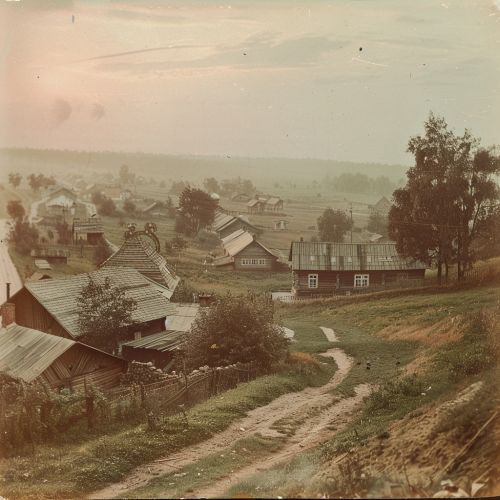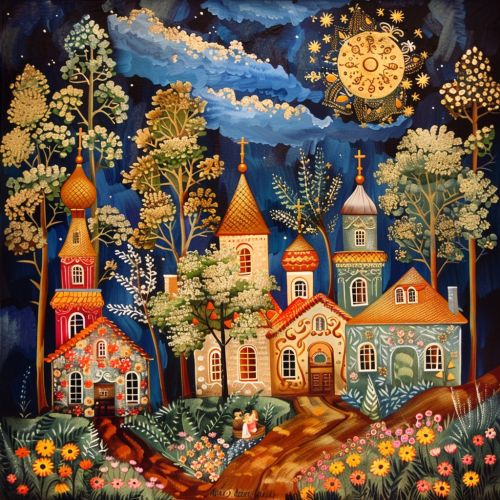Natalia Goncharova
Early Life and Education
Natalia Goncharova was born on June 4, 1881, in Nagaevo village near Tula, Russia. She was raised in a family of architects and spent her early years in a rural setting, which would later influence her work. In 1892, she moved to Moscow to study sculpture at the Moscow School of Painting, Sculpture, and Architecture.


Career and Artistic Style
Goncharova's early work was influenced by the Russian Impressionist movement. However, she soon began to explore other styles, including Primitivism, Cubism, and Futurism. Her work often incorporated elements of Russian folk art and iconography, reflecting her deep connection to her cultural heritage.


Major Works
Goncharova's most notable works include "The Cyclist" and "The Green and Yellow Forest". These pieces exemplify her innovative use of color and form, and her ability to blend various artistic styles. Her work was often controversial, challenging traditional notions of what constituted art.


Influence and Legacy
Goncharova's work has had a significant impact on the development of modern art. She was a pioneer of the Avant-garde movement in Russia, and her innovative approach to art has influenced countless artists around the world.


Personal Life
Goncharova was in a lifelong relationship with fellow artist Mikhail Larionov, who was also her artistic collaborator. They never married, but their partnership was a significant part of both their lives.


Death and Posthumous Recognition
Goncharova died on October 17, 1962, in Paris, France. Since her death, her work has been recognized and celebrated worldwide. In 2007, one of her paintings sold for over $10 million, setting a record for any female artist at the time.


